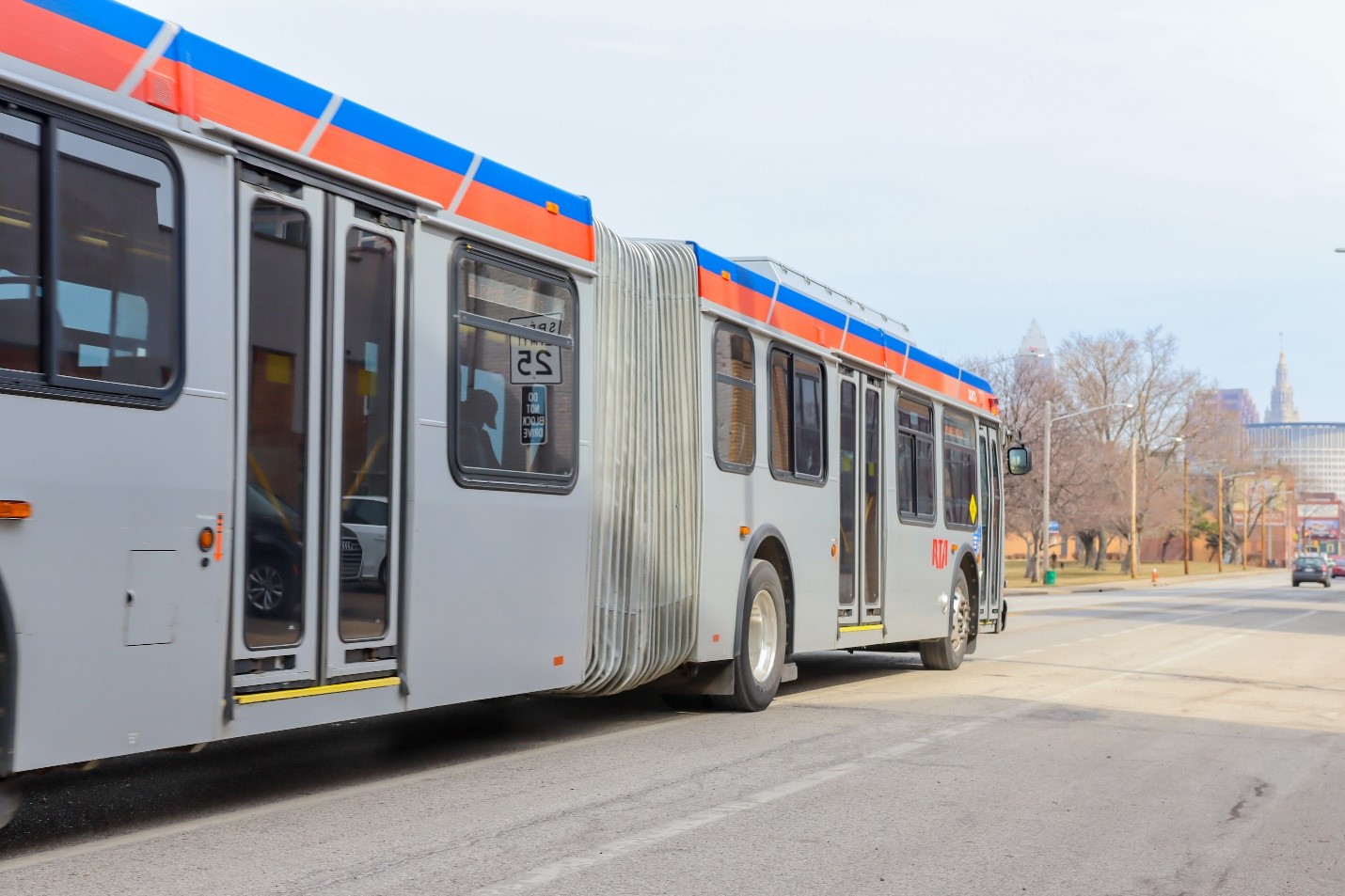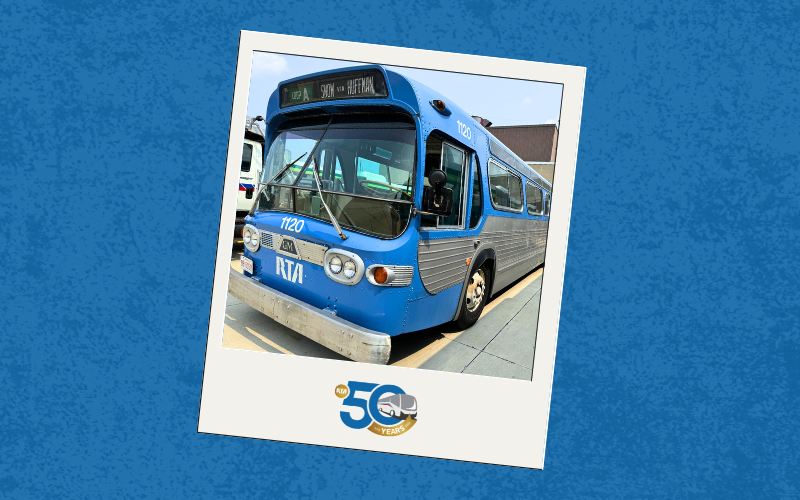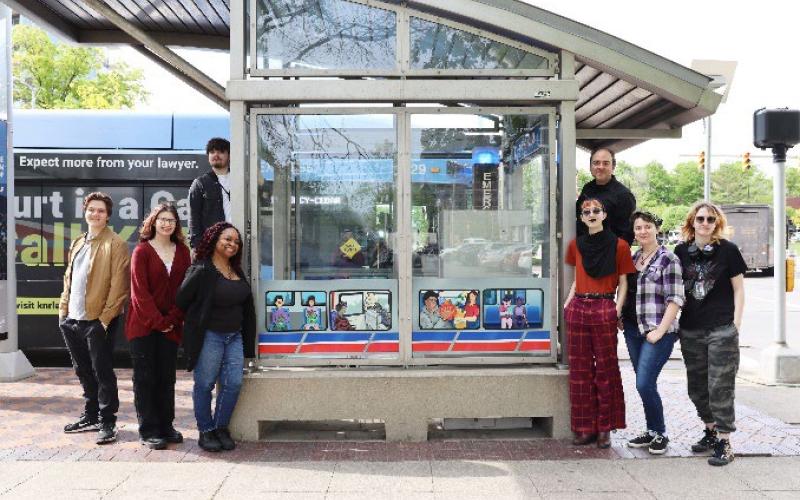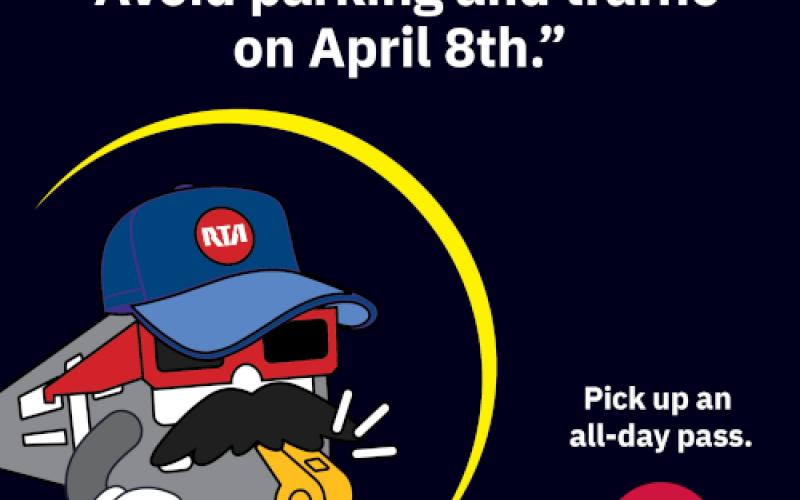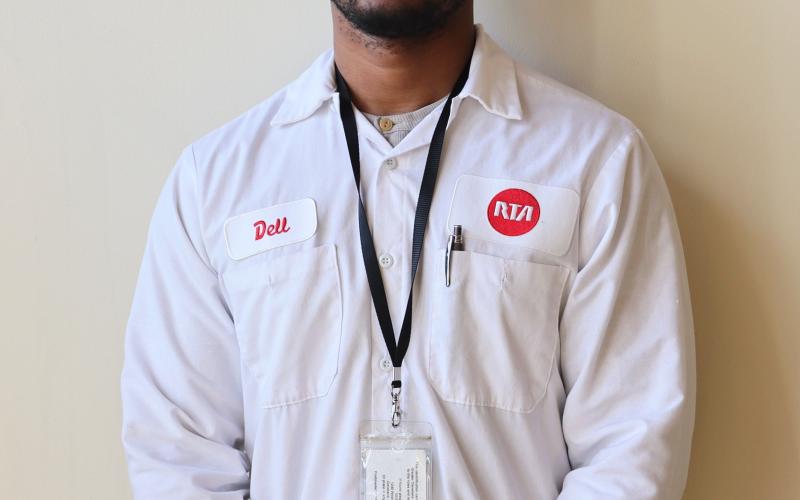Oct 4, 2023
As the world grows increasingly conscious of the need for environmental conservation, more and more people are looking to public transportation to contribute towards the cause. But did you know choosing public transportation over driving can also have significant financial benefits?
According to the American Public Transportation Association's (APTA) Transit Savings Report, individuals who ride public transit instead of driving can save an average of $13,000 annually, or $1,100 a month. How are these savings possible? First, when you drive a car, you must purchase or lease the vehicle. On the other hand, when you choose to use public transportation, you only pay a nominal fare, and most often the maintenance and fuel costs are covered by the transit system. According to APTA’s Fare Database, monthly public transit fare prices have not increased since 2020 while prices for new and used cars have increased since the pandemic, and financing costs have increased due to interest rate hikes.
Gasoline prices have also spiked due to constricted supply and added demand. The rising cost of vehicle purchases can put a damper on some households. Public transportation is a cleaner, greener, and more economical way to reduce overall expenses. Since 2019, the average purchase price of a new car has risen by more than $11,000, which is an increase of more than 30%. In addition, the purchase price of a used car has risen by over $8,000 or 40%.
The Cost of Driving vs. Taking Public Transit
One of the biggest considerations when deciding between driving a personal vehicle and taking public transit is the cost. While driving may seem more convenient, it can also be significantly more expensive.
When comparing the costs of driving versus taking public transit, it's important to consider various expenses. These include fuel costs, parking fees, vehicle maintenance, and insurance premiums. Gas prices have increased to $4 per gallon, or 25% as of September 18. Additionally, the wear and tear on a vehicle can also result in costly repairs and decrease its overall value. Public transportation, on the other hand, usually involves a fixed cost, such as a monthly or yearly pass. This cost remains consistent regardless of the distance traveled or the frequency of trips taken. Instead of trying to find a parking space which can be a time-consuming task and costly, you can hop on a bus or train in less time.
Also, when it comes to maintaining your vehicle, there are a variety of expenses to consider. From oil changes to brake pads and tires, these expenses can quickly add up. Insurance premiums are another consideration when deciding between driving and taking public transit. While owning a car can be a source of pride, it's essential to remember that with car ownership comes a significant responsibility. Insurance premiums for cars can be expensive, and rates can vary widely based on several factors, including driving record and age. Taking public transit eliminates the need for car insurance altogether, effectively saving you thousands of dollars each year.
To help alleviate the costs of commuting, GCRTA has a Commuter Advantage Program for employees. Employers participate in the program, and employees sign up to deduct fare pricing (pre-tax) from their payroll. Employees save money by purchasing fares with pre-tax dollars and with the bonus of the passes being delivered to their workplace.
